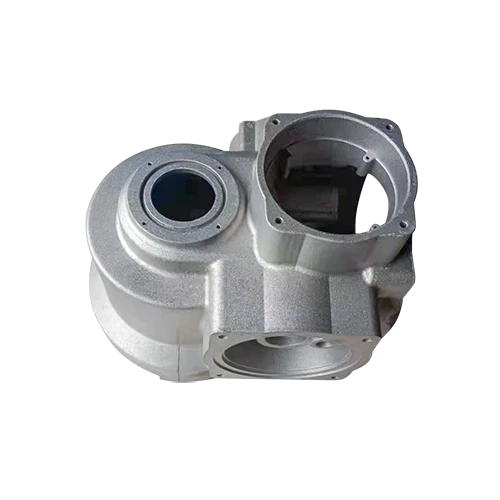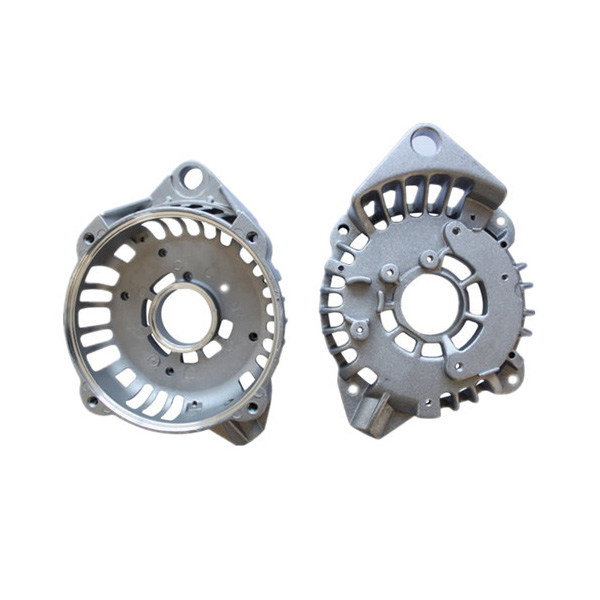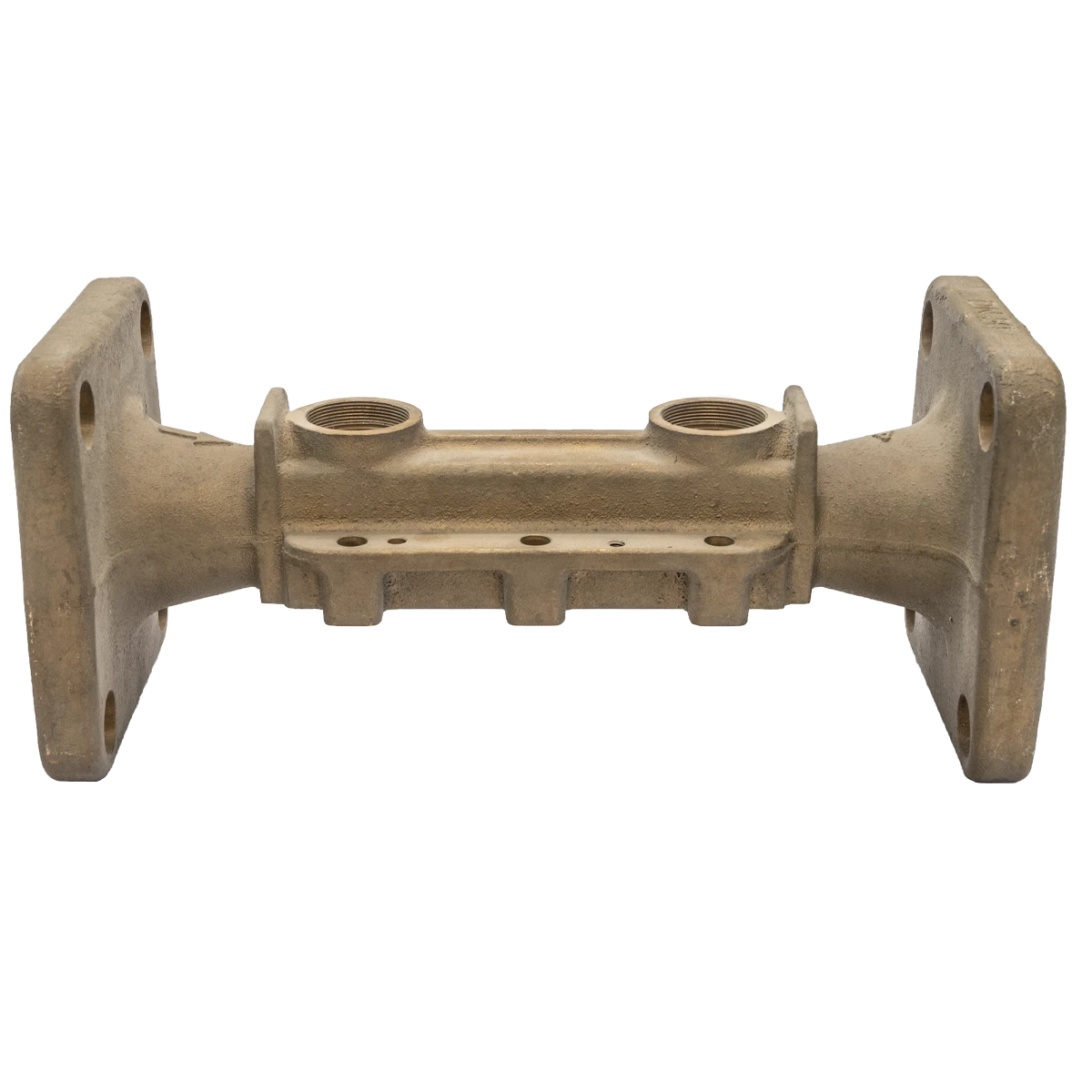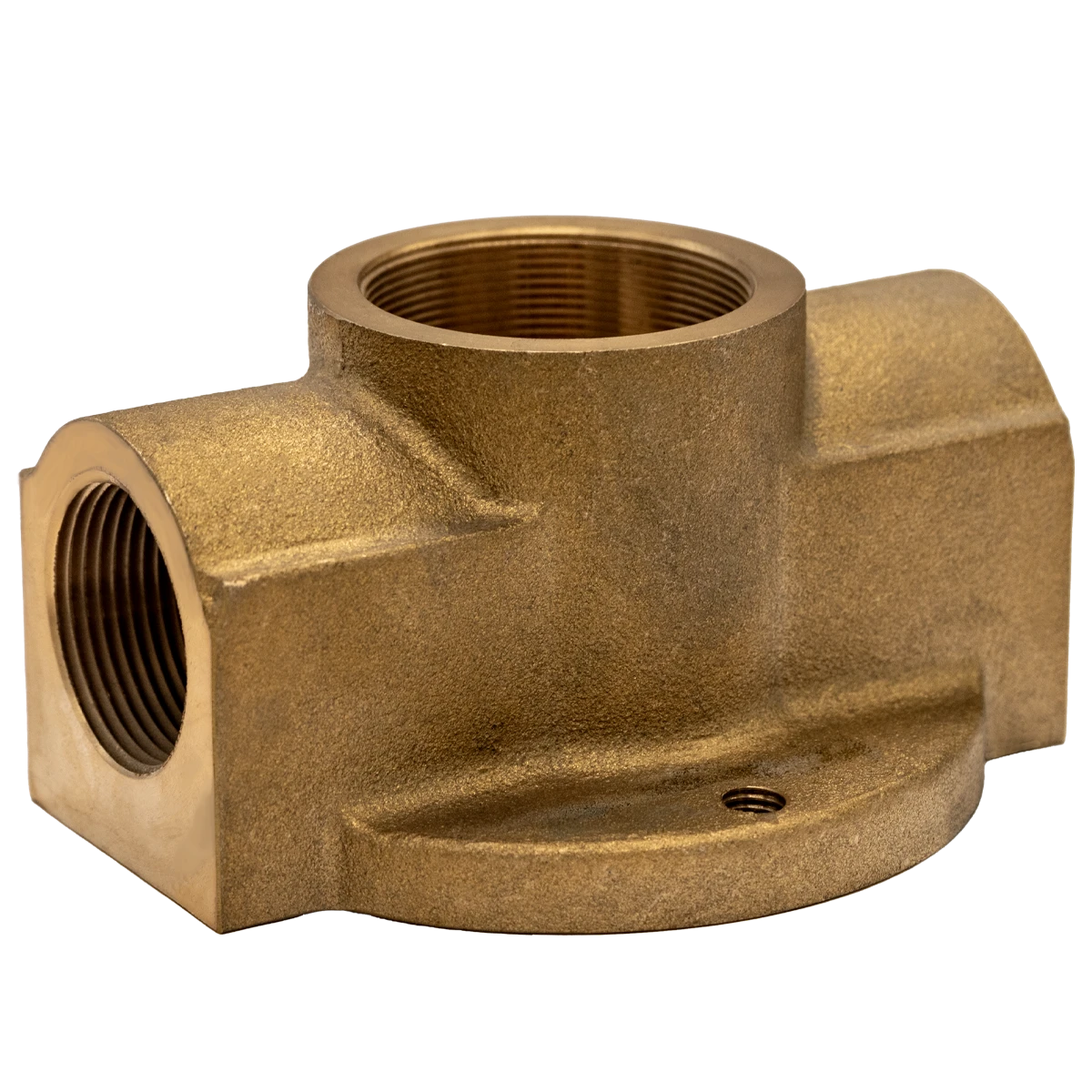Mobile:+86-311-808-126-83
Email:info@ydcastings.com
English
Die Casting Process High-Precision Steps & Aluminum Applications
- Understanding Die Casting Fundamentals
- Breaking Down Production Sequences
- Aluminum in Die Casting Applications
- Technological Advantages Over Alternatives
- Manufacturer Capabilities Comparison
- Customized Production Solutions
- Practical Implementation Scenarios

(what is die casting process)
What is the Die Casting Process?
Die casting represents a precision-focused manufacturing technique where molten metal undergoes high-pressure injection into reusable steel molds called dies. This process achieves exceptional dimensional stability, with production rates reaching 200-300 cycles per hour in automated systems. Modern aluminum die casting maintains tolerances within ±0.25 mm per 25 mm of dimension, making it suitable for intricate components in automotive and aerospace applications. Unlike traditional sand casting, die casting produces thinner walls between 1-3 mm while improving structural integrity through rapid cooling under pressure. The process typically utilizes non-ferrous metals including aluminum alloys (380, 383), zinc alloys (Zamak), and magnesium alloys (AZ91D).
Breaking Down Production Sequences
Six essential stages characterize the process:
- Die Preparation: Steel molds heated to 150-200°C are sprayed with lubricant every 2-5 cycles to prevent adhesion and regulate temperature
- Metal Injection: Molten aluminum alloy (typically at 650-700°C) gets forced into dies under pressures ranging from 1,400 to 15,000 psi
- Cooling: Hydraulic systems maintain clamping forces up to 4,000 tons while solidification occurs in 15-45 seconds depending on wall thickness
- Ejection: Automated pins extract components with ejection force calibrated within ±5% tolerance limits
- Trimming: Robotic arms remove excess material (flash) with micron-level precision finishing
- Quality Verification: Coordinate-measuring machines inspect dimensional accuracy at 20+ critical points per component
Aluminum in Die Casting Applications
Aluminum die casting dominates 65% of the global market due to its optimal strength-to-weight ratio and recyclability. Contemporary aluminum alloys like ADC12 demonstrate tensile strengths between 240-310 MPa while maintaining density just 2.68 g/cm³. The aluminum die casting process supports wall thickness reductions up to 40% compared to zinc alternatives, translating directly into weight savings in automotive applications. Secondary operations enhance functionality:
- T5 heat treatments increase hardness by 15-20% while preserving dimensional stability
- Anodizing creates oxidation layers 10-25µm thick for corrosion resistance
- Powder coating maintains adhesion at temperatures exceeding 150°C
Die-cast aluminum components achieve tighter tolerances than plastic injection molding, maintaining dimensions despite temperature fluctuations up to 200°C.
Technological Advantages Over Alternatives
Die casting delivers 25-40% higher production throughput than investment casting while maintaining surface finishes averaging 2.5 µm Ra. The process reduces per-unit costs by up to 60% for high-volume orders exceeding 10,000 pieces through minimized secondary machining. Key competitive metrics:
| Production Parameter | Die Casting | Plastic Injection | Stamping |
|---|---|---|---|
| Cycle Time (Seconds) | 20-45 | 30-90 | 60-120 |
| Min. Wall Thickness (mm) | 0.9 | 1.5 | N/A |
| Dimensional Tolerance (±mm) | 0.25 | 0.35 | 0.45 |
| Surface Finish (Ra µm) | 1.8 | 3.2 | 12.5 |
Rigidity measurements surpass plastics by 400-600%, maintaining structural integrity under vibration frequencies exceeding 100 Hz.
Manufacturer Capabilities Comparison
| Industry Leader | Max Clamping Force | Alloy Expertise | ISO Certification | Production Capacity |
|---|---|---|---|---|
| Gibbs Die Casting | 4,400 tons | Al, Mg, Zn | 9001/14001 | 12M+ units/year |
| Martinrea Honsel | 3,600 tons | Aluminum | 9001/IATF | 9M+ units/year |
| Endurance Technologies | 2,800 tons | Al, Zn | 9001/TS16949 | 6.5M+ units/year |
Advanced facilities employ real-time monitoring systems tracking temperature deviations within ±3°C and injection pressures within ±0.8% of targets. This maintains dimensional consistency rates above 99.2% across production batches.
Customized Production Solutions
Specialized programs address unique industrial requirements:
Low-Volume Production: Modified tooling with interchangeable inserts supports 500-2,000 unit batches at 30-40% lower tooling costs than conventional molds. Rapid prototyping delivers functional prototypes in under 72 hours.
Complex Geometries: Slide mechanisms enable undercuts and internal features without secondary machining operations. Precision water cooling circuits maintain mold thermal equilibrium during extended 48+ hour production runs.
Specialty Alloys: Aluminum-silicon alloys with 16-18% silicon content deliver wear resistance exceeding standard alloys by 70%. Vacuum-assisted high-pressure die casting reduces porosity below 0.1% in structural components.
Understanding the Die Casting Process in Application
Automotive transmission housings demonstrate process efficiency: BMW achieves wall thicknesses of 2.2mm across 450x300mm components with dimensional stability at operating temperatures exceeding 130°C. In electronics, die-cast heat sinks achieve thermal dissipation rates of 12W/m·K using optimized fin geometries impossible with CNC machining. Recent aerospace implementations include flight control components meeting MIL-STD-1530 standards while reducing weight 35% versus milled parts. Ongoing process innovations focus on developing hyper-eutectic aluminum alloys capable of withstanding operating temperatures beyond 300°C without compromising dimensional tolerances.

(what is die casting process)
FAQS on what is die casting process
Q: What is the die casting process?
A: Die casting is a metal casting process where molten metal is injected under high pressure into a reusable steel mold (die). It produces high-precision, complex-shaped parts with excellent surface finishes. This method is widely used in automotive, aerospace, and consumer goods industries.
Q: What are the key steps in the die casting process?
A: The main steps include preparing and clamping the die, injecting molten metal into the mold cavity, cooling and solidifying the metal, ejecting the part, and trimming excess material. Each step ensures dimensional accuracy and structural integrity. Automation is often used for efficiency and consistency.
Q: How does aluminum die casting differ from other die casting processes?
A: Aluminum die casting uses aluminum alloys, which are lightweight, corrosion-resistant, and have high thermal conductivity. It typically requires higher injection pressures and temperatures compared to zinc or magnesium die casting. Aluminum parts are common in automotive and electronic applications.
Q: What are the advantages of the die casting process?
A: Die casting offers high production speed, tight tolerances, and minimal post-processing. It allows for complex geometries and thin-walled components. Additionally, it reduces material waste and labor costs compared to other manufacturing methods.
Q: What is the difference between cold-chamber and hot-chamber die casting?
A: Cold-chamber die casting is used for metals with high melting points (e.g., aluminum), where molten metal is ladled into the chamber. Hot-chamber die casting suits low-melting-point metals (e.g., zinc), with the chamber submerged in molten metal. The choice depends on material properties and part requirements.
-
Materials Used in Manufacturing Cap End Pipe FittingsNewsNov.24,2025
-
Material Properties of CF8M CastingNewsNov.24,2025
-
How to Inspect Pump Cap Ends for DamageNewsNov.21,2025
-
Backward Curved Impeller – Efficient Airflow Solutions for Industry | YD CastingsNewsNov.21,2025
-
Automobile Water Pump - Efficient, Quiet, Durable & ElectricNewsNov.21,2025
-
Impeller for Pumps – High-Efficiency, Durable, OEM-ReadyNewsNov.21,2025











